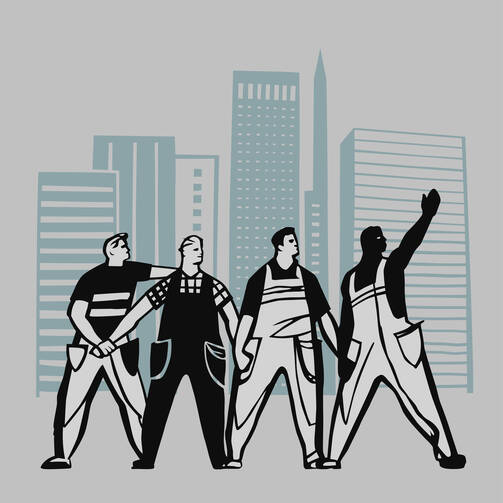Despite a historic collapse in the private sector, public sector union labor remains strong, representing about 36 percent of the workforce. That prominence has been under attack from many quarters in recent years as state-level “reforms” seek to whittle away union strength. After hearing oral arguments on Jan. 11 in Friedrichs v. California Teachers Association, the U.S. Supreme Court appears poised to join the national legislative and executive thumping of public sector unions.
The case concerns objections from public sector workers who have declined to join unions but who are required to reimburse them for the cost of collective bargaining on their behalf. In a decision expected in June, the court may conclude that such a requirement constitutes a violation of workers’ free expression; union supporters argue that allowing such “free riders” would constitute a crippling blow to public sector unions. However the court decides, organized labor should use this opportunity to reintroduce itself to the American public, which seems no longer to appreciate the necessary role unions play as a counterweight to otherwise unrestrained capital. The increase in economic and political inequity and the decline of the nation’s middle class correlate neatly with the loss of union strength. Revitalizing unions will not be easy, but it must be done.
Unions should reconsider their misinvestments in political campaigns—more than $140 million in 2014 alone—and redirect those considerable resources to the hyper-local, street-level organizing that built Big Labor in the first place. A public relations campaign suitable to our social-mediated times should remind Americans what they owe to organized labor and what they risk losing by its further diminishment.








